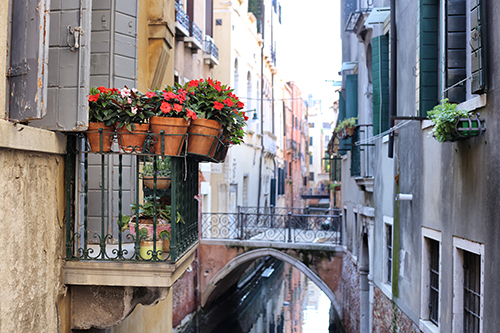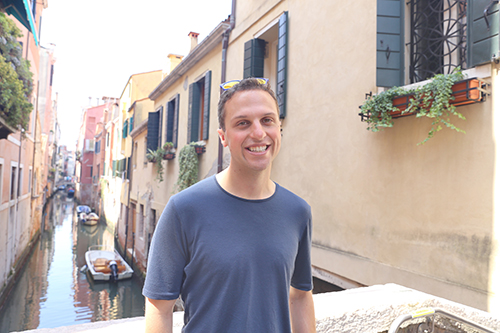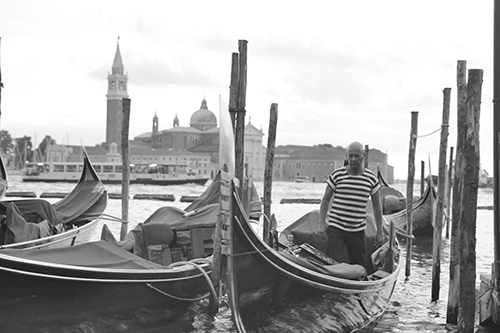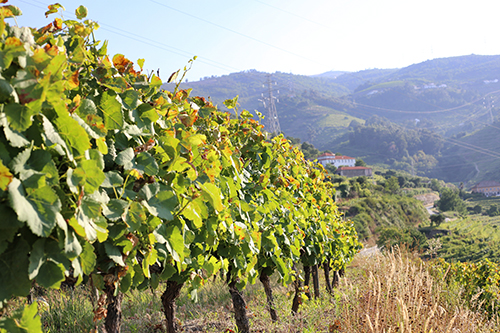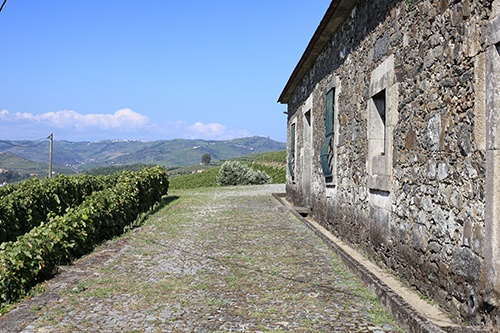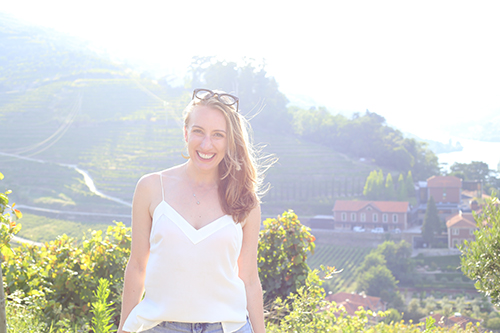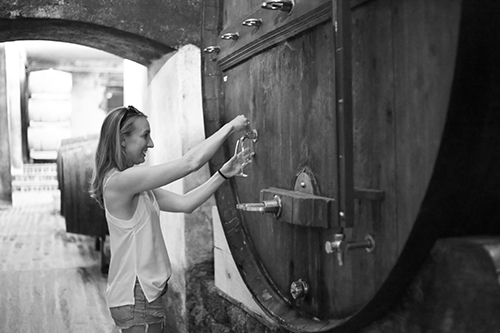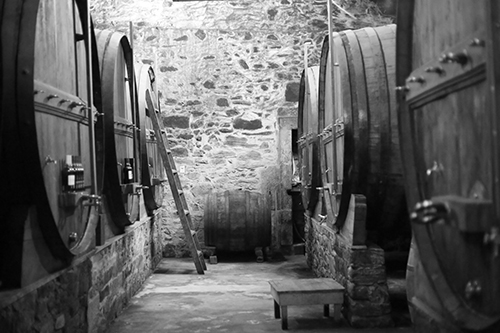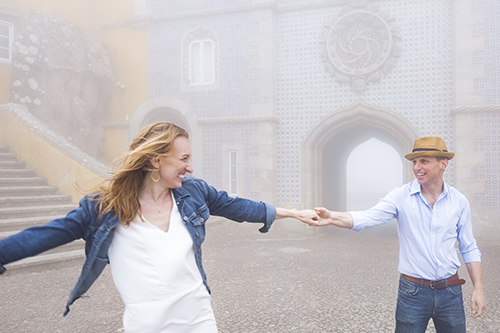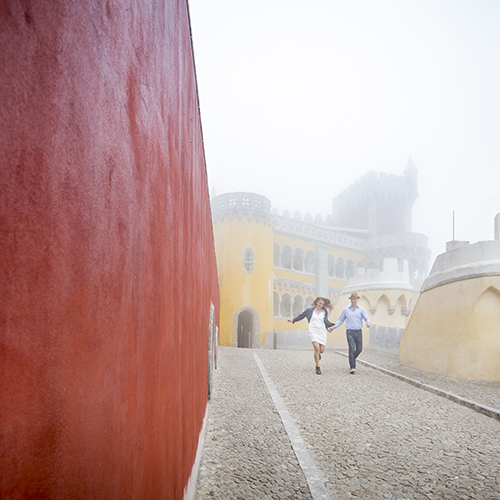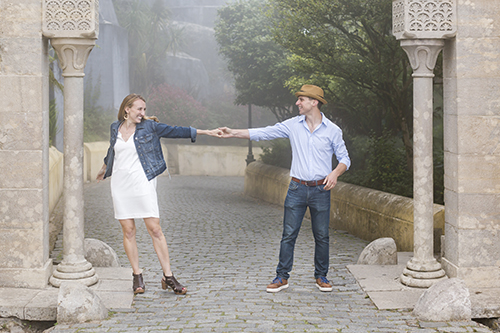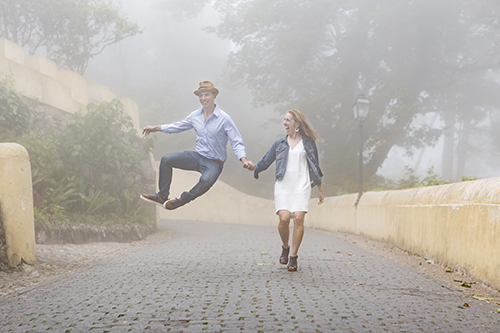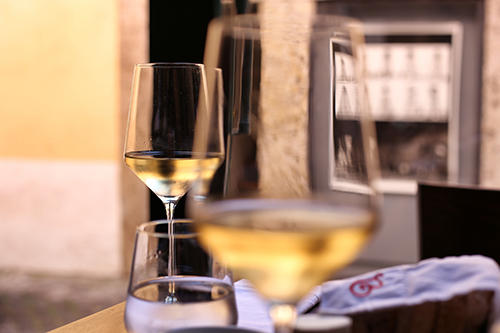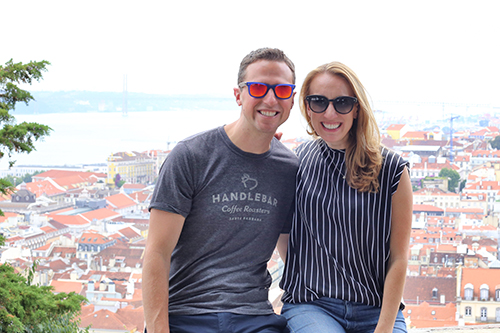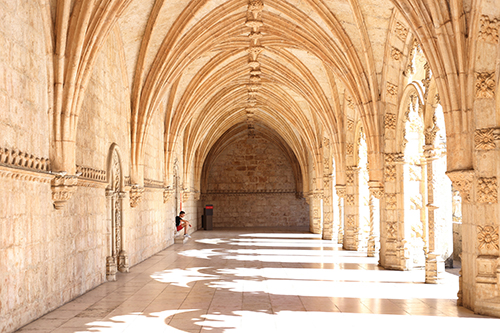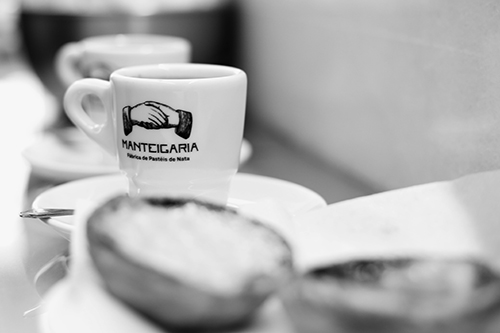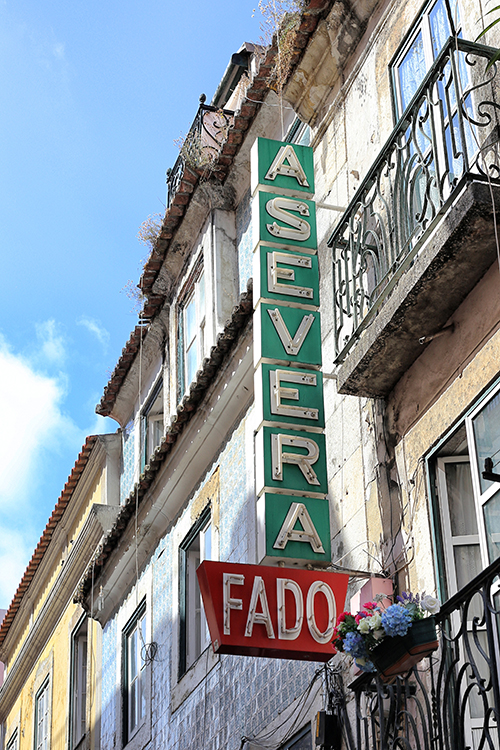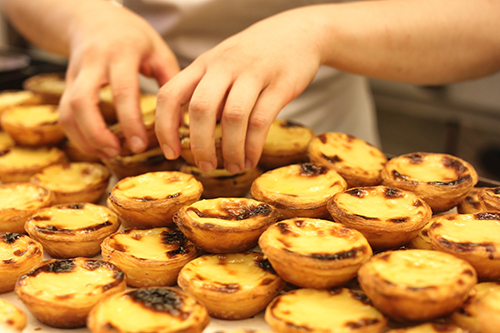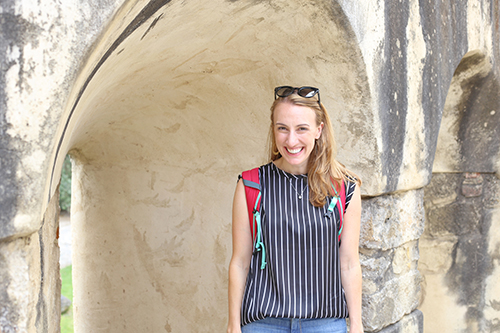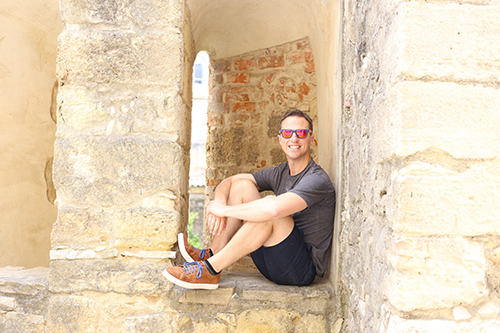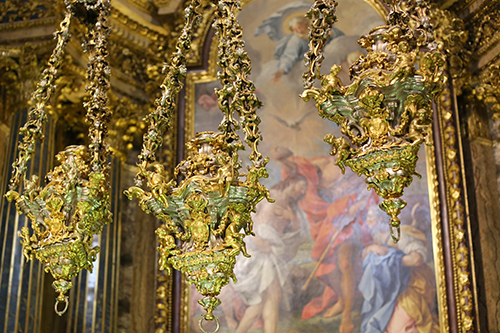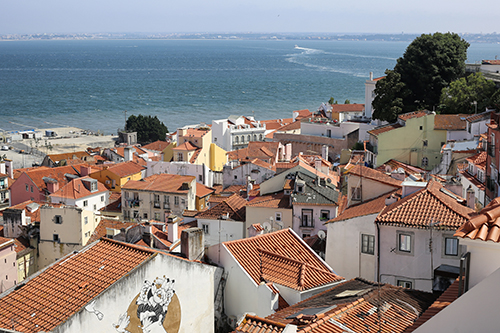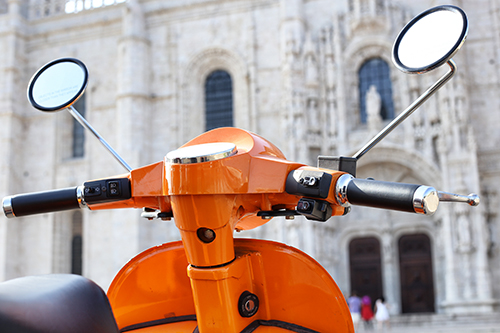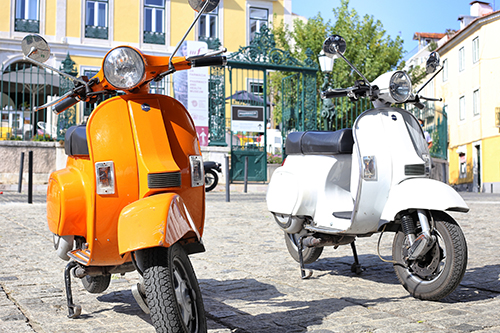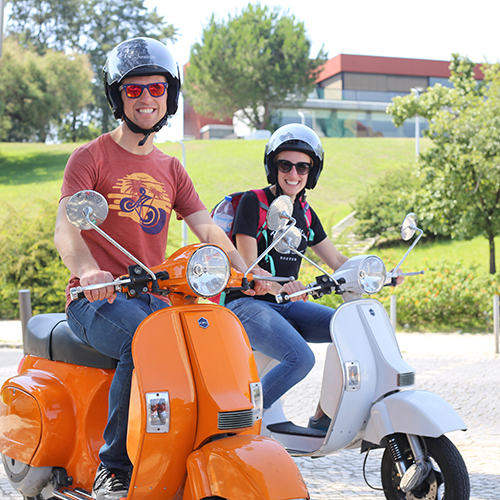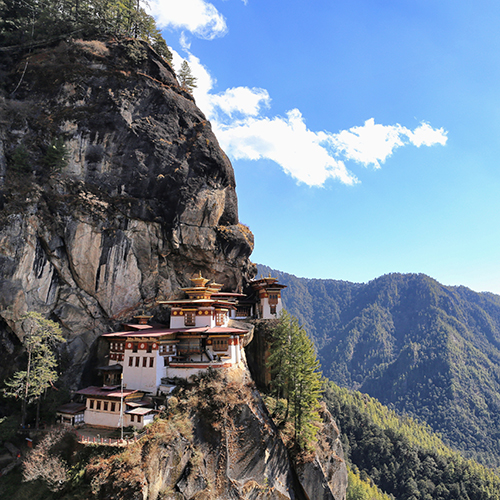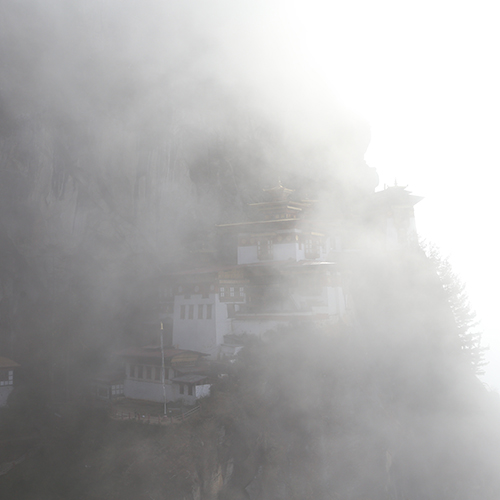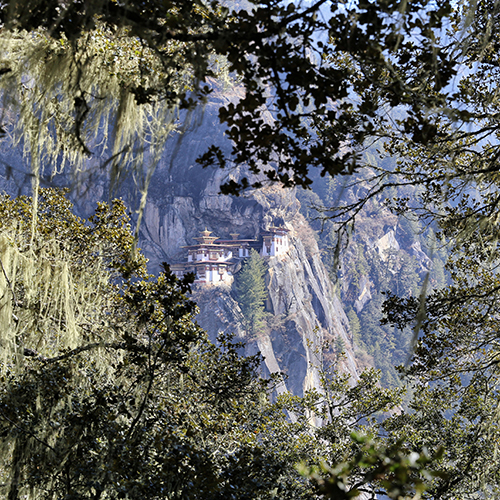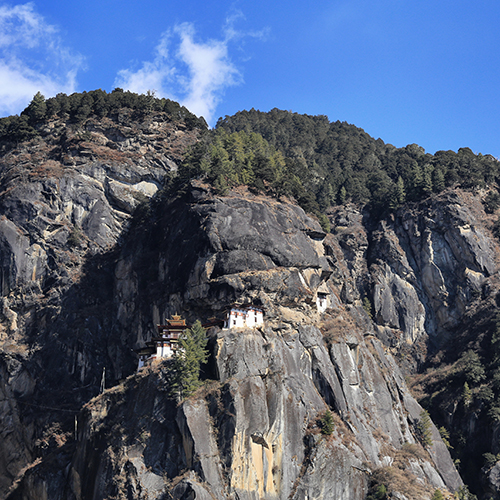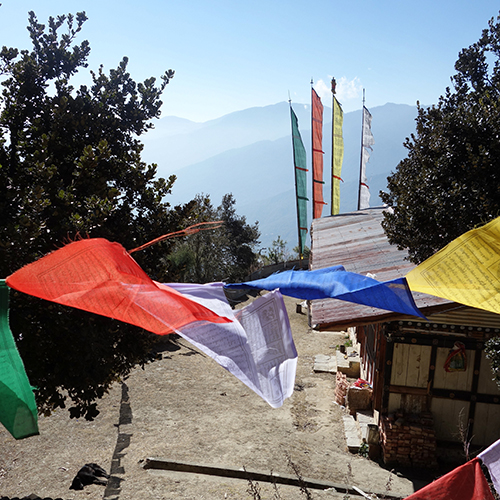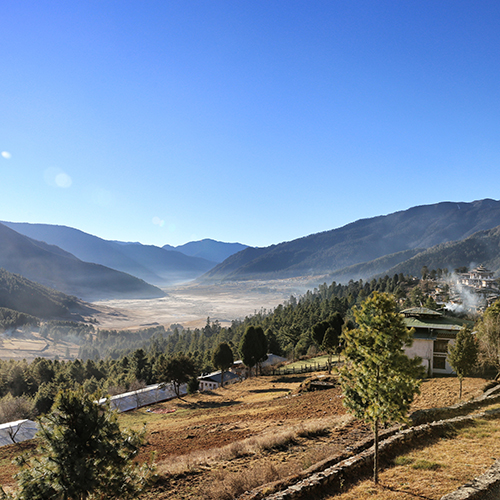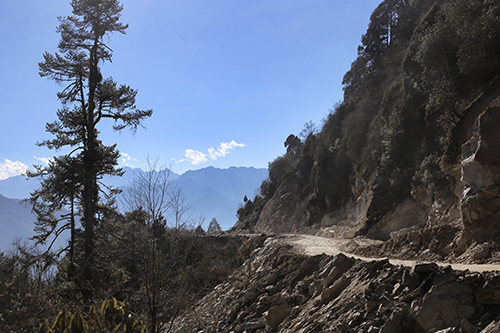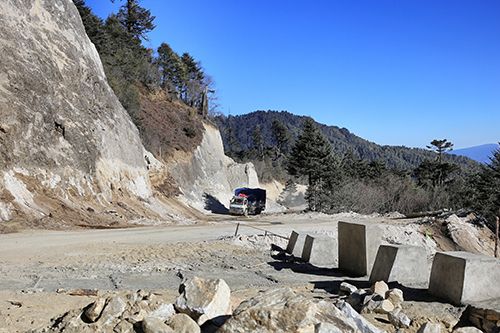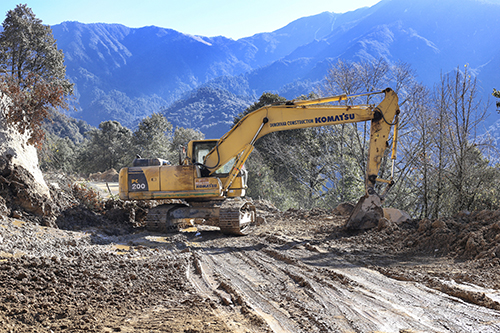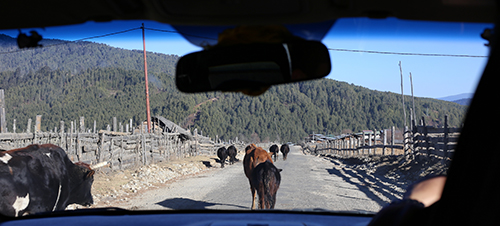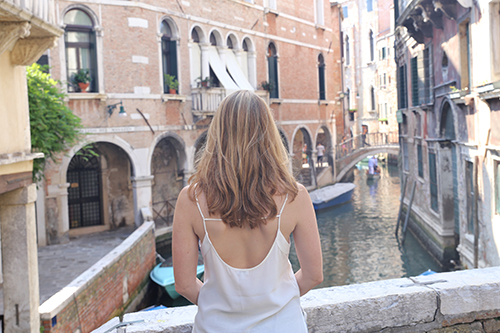
I’ve never been much of a history buff. The past already happened, irrelevant beyond memorization for exams. But Venice? Venice captivated.
We arrived by private boat, speeding through the ocean then slowing to the 5mph speed limit to grace the Grand Canal. Our hotel entrance was unabashedly grand, a contrast to our departure by foot where we were greeted by alleys so narrow you could barely see the sky. We both had a fear stricken moment wondering if all of Venice would be this claustrophobic, but then the alley opened to a street with a corner café. We eagerly got lost, taking in the beauty of a crumbling city, covered in salt from the sea. Venice felt special right from the beginning.
The next morning, we navigated the streets, leaving twice as early as Google advised, to meet Lorenza Smith. Our tour guide for the morning was a Venetian, author of Venice: Art & History, and professor in New York – overqualified for our Day in the Life in the Renaissance agenda. The general content of the tour I was sure I’d heard in Latin class long ago, but this was different. This tour brought the city to life for us, the magic we’d sensed served to us in stories of the most opulent and enduring Empire ever built.
It’s comforting to believe that history is in the past, that the terrible or foolish or inane things that happened were because people were unevolved, unsophisticated, animalistic. But in Venice, the likenesses to today were undeniable, right down to the beauty routines. Venetian women would spread their hair out on a wide-brimmed hat, mixing concoctions to lighten it in much the same way as my friends and I used to spray Sun-In into our hair in the summer in the hopes of developing blonde highlights.
Venice was spectacular. It was a living museum full of new life, bodies from around the world, just as it had been in Venice many centuries before.
